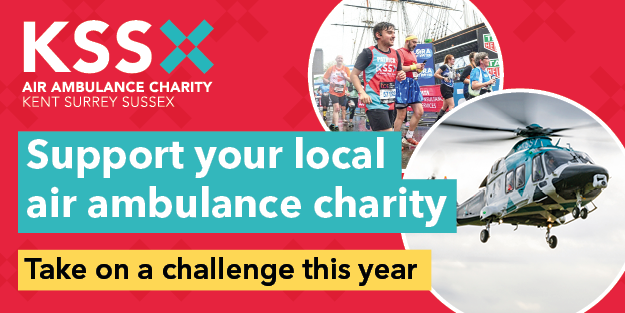Grassroots clubs across the County are finally returning to training following the publication of guidance from the Football Association partially lifting the restrictions imposed as a result of the Coronavirus pandemic.

Gillingham Anchorians FC are one of the county’s biggest with seventy eight teams at differing levels – 23 girls and ladies, 42 boys teams, nine men’s teams, one ladies adult team and three disability teams – and KSN has been talking to its’ Chairman Leigh Willis about life in lockdown and what it’s taken to get so many people back playing football…
“I’m thrilled, delighted, cautious – all of the above I guess,” Leigh admitted.
“Its been tough going over the last few months. When the initial guidance came out from the Government, I don’t think the FA had a lot of visibility on that and the guidance which came out then was somewhat limited and vague, and therefore it’s been quite a while waiting to receive a bit more detail around insurance, around first aid, and just a bit more of a general overall and risk assessments.”
“I’m glad to say that we’ve got there now and it’s great to be back and we’re going into now our third week in a structured way. It’s not been all at once – it’s been staged over certain age groups and we’ve done a few test sessions – so it’s getting there and yes, it has been quite stressful because of the expectations of coaches, managers and players is quite different, and not only that, you have to take into account that some have had different experiences throughout this whole situation.”
“Some have been working in it throughout, others have been shielding and sheltering indoors so therefore some have been more wary about training than others – some of our coaches haven’t wanted to train and they don’t want to come back yet.”
“It’s different – hopefully we’ll never have to repeat it again – but it’s good to get back, to get the kids and the grown ups out and about as mentally it’ll help their wellbeing as well keeping them active and mentally as well to get them out doing something a bit more social.”
“We’ve had to follow very similar scenarios to the ones that the schools – it was a point that kept being flagged up that there were certain managers and parents who were very keen to come back as soon as the initial FA guidance came out and we could go back the very next day.”
“We had to reign them in until we’d done all the risk assessments. But we’re back at school they said, but the schools had what six weeks notice before they went back – and of course most them stayed open throughout if only for the key workers’ children – you had to remember as well that they’re all trained professionals who received reems and reems of guidance on what they should be doing, while basically all we got as grassroots football was an A4 piece of paper and just one side of it – and some still expected us to restart everything the day after the guidance was published!”
“That’s where things fell down a little bit as the risk assessments and everything else took time and the fact that we’re all volunteers in the grassroots was always going to mean we took longer.”
“Trying to get things sorted for us took time – some of the schools meanwhile had six weeks notice yet still took two or three weeks to get sorted out, yet some people expected us to do it all in less than 24 hours,” exclaimed the Anchs Chairman.
“Those are the sort of challenges that we’ve faced, and we were under as grassroot clubs. We’ve had some great messages of thanks and support from some people when we sent out the risk assessments and the guides that we produced – they could see how much time and effort we’d put into things to ensure that we’d followed everything and ultimately we were safe and following the guidelines.”
“We’ve marked out boxes on our pitches for each session giving us space for the number of players that we’re allowed per group – we did everything for the coaches so that when they turn up they “just” have to coach.”
“Some of the parents and some of the players were keen to get back but once they realised what was involved, they also realised why it had taken the time that we had to take.”
“Sadly, some of them still hadn’t read the guidance when they came back; they saw the messages that they could go back and thought it would be normal training.”
“I suppose I have been frustrated but I think it’s just realisation of what is involved to get a club back and the bigger you are, the harder that is obviously.”
“For clubs that have only got three or four teams it’s not too bad, but when you’ve got nearly eighty which includes disability sides, there were a lot of different risk factors involved and we had to manage expectations to that level as well. It’s been quite a challenge!”





